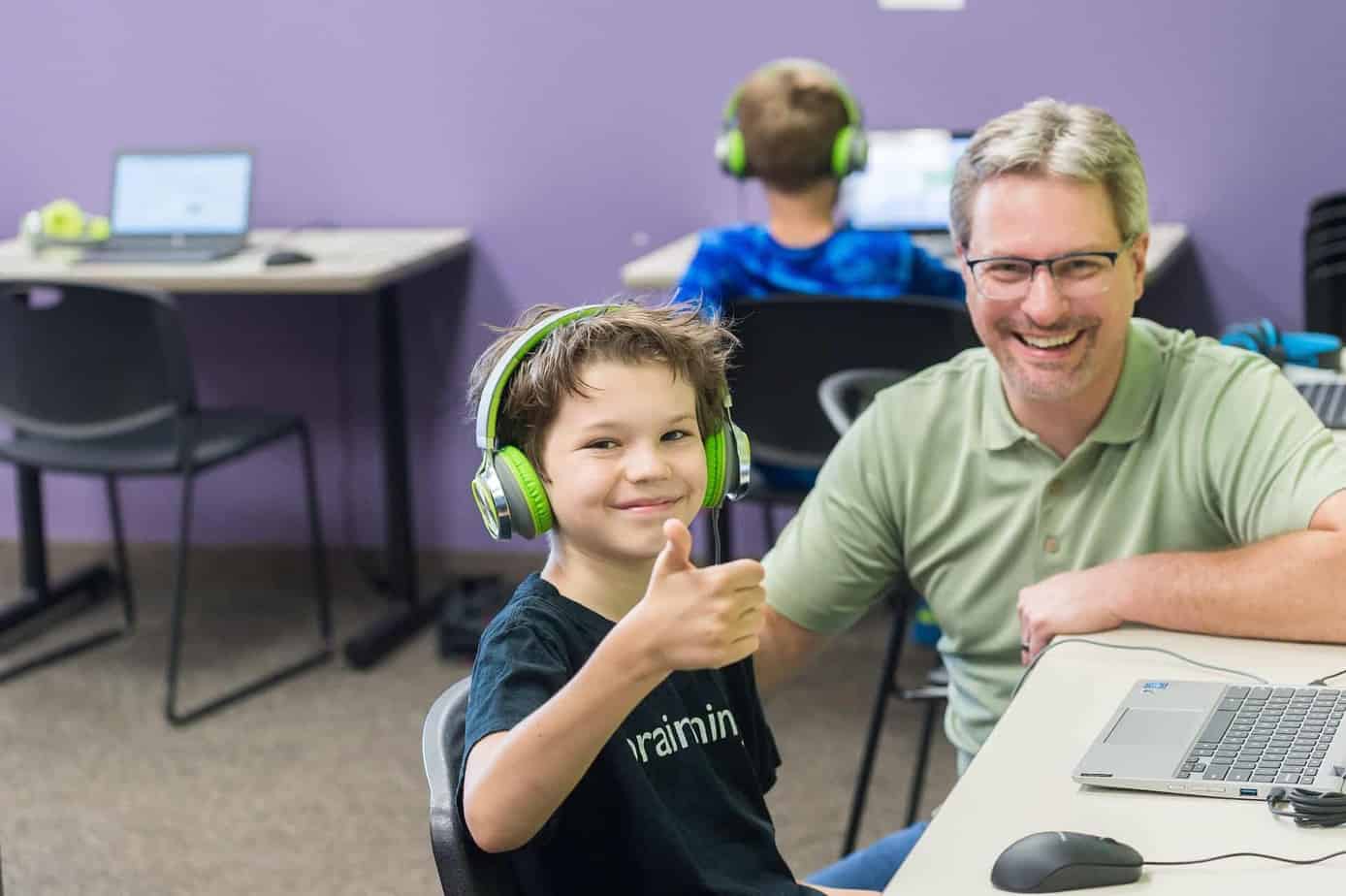5 Tips for Engaging Students with ADHD in an Online Learning Environment
For people who struggle with ADHD, executive functioning skills are weak and can make prioritizing, organizing and planning, starting and staying focused on tasks and regulating emotions difficult. Needless to say, ADHD can make learning challenging inside the walls of the classroom and is exacerbated in an online learning environment.
Online learning demands an increased amount of focus and organization which can be difficult to come by for students with ADHD. If you’re the parent of a child with ADHD who is struggling with the online learning model this year, you’re not alone. In fact, 31% of parents raising kids with ADHD describe remote learning as “very challenging” and struggle to know how to support their children.
What’s more, teachers who are instructing their students over Zoom or similar platforms may not pick up on moments when their students are fidgety or confused or they may have a difficult time helping them refocus.
Do you want to help your student but you’re not sure how? Here are some ideas:
Tip #1: Convert writing assignments into hands-on projects
Writing assignments can be overwhelming for students with ADHD. If your child is staring at a blank piece of paper or document and can’t seem to get started, ask their teacher if it would be ok for them to convey this same content in a different format. Creating a slideshow is one way to help your student break down content for a paper into smaller, more hands-on pieces while still conveying the same important information.If the brainstorming process proves challenging, ask your student to brainstorm by drawing pictures instead of writing words to get their ideas flowing. Then they can take their ideas and channel them into a hands-on project.
Tip #2: Facilitate reading through audiobooks
Visual processing is a cognitive skill that is often weak in children with ADHD. The recent introduction of audiobooks makes reading easier for many of these students. And listening to audiobooks isn’t cheating: Audiobooks lend themselves to the same level of language comprehension as a visual learning experience. If reading is difficult for your student, look for audio features on your child’s device or within their school software that will read text aloud for increased comprehension.
Tip #3: Make math tangible
The abstract nature of math can spell frustration for students with ADHD, especially when they’re trying to learn it via a screen. Fortunately, there are many great ideas for making math more tangible for students of all ages. Incorporate card games, play money, beans or other small household items to help your student learn basic math skills such as addition, subtraction, multiplication or division. Help your child create art or other visual representations that help them “see” what they’re learning. Remember to encourage your child to work in short increments and take frequent, active breaks. Weave in mnemonics and real-life examples whenever possible. There are several online resources for parents, including this one by ADDitude that can help you think outside the box and facilitate your student’s math education.
Tip #4: Integrate timers
Because paying attention can be difficult and students with ADHD become easily overwhelmed by tasks, a timer can be an empowering tool. A timer serves as a visual representation of time and can be set for short increments, helping your student stay on task and motivated. A basic kitchen timer works great. Your child may also find it helpful to have a physical weekly schedule posted in their workspace and, for older students, calendar reminders on their phone that include assignment and project due dates with set reminders.
Tip #5: Mix senses
Research supports the hypothesis that when you mix senses, your brain has an easier time focusing on the primary task. That’s why many people swear by studying with background music or choose to walk around when they’re on an important call. (Check out some research on the subject here.) Try incorporating white noise or soft instrumental music into your child’s learning environment and if they need to sit on a yoga ball or walk around when they’re learning, allow them to do so. Even if it seems distracting to you, it might be the key that unlocks their focus and creative potential.And as a parent, don’t lose sight of the importance of social interaction. Because your child isn’t hanging out with their peers at school during the week, be intentional about facilitating Zoom meets for your child and their friends. It’s the next best thing to hanging out in person and this unstructured time allows your child to be silly and get their wiggles out in the company of their peers. This social time will pay dividends when it’s time for them to buckle down on their schoolwork.Is ADHD making it harder for your child to engage with online learning? Take our free Brain Quiz to learn more about your child’s cognitive strengths and weaknesses and how LearningRx can help!







